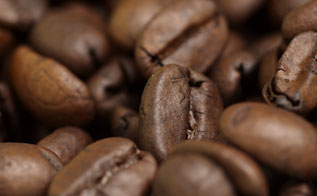6 Tips for Coping With Caffeine Withdrawal
 Many people choose to cut back on caffeine or eliminate it from their diets entirely in order to enjoy associated health benefits. After reducing their caffeine intake, most people experience better sleep, reduced blood pressure and more consistent moods. Still, anyone who has cut back on caffeine can attest to the undesirable withdrawal symptoms, which include headaches, mental “fog”, drowsiness, irritability, depression and impaired focus.
Many people choose to cut back on caffeine or eliminate it from their diets entirely in order to enjoy associated health benefits. After reducing their caffeine intake, most people experience better sleep, reduced blood pressure and more consistent moods. Still, anyone who has cut back on caffeine can attest to the undesirable withdrawal symptoms, which include headaches, mental “fog”, drowsiness, irritability, depression and impaired focus.
At PurMedica, we support the use of natural, health-friendly remedies for various afflictions, including caffeine withdrawal. If you’re preparing to reduce your caffeine intake and deal with the difficult symptoms of withdrawal, we recommend taking the following steps to help ease the process.
1. Quit in Stages
If you haven’t already quit, the best way to make your withdrawal symptoms more manageable is to gradually taper back your caffeine consumption. Quitting cold turkey typically causes more severe symptoms, which can make sticking to quitting more challenging. Most experts recommend cutting out one of the daily caffeinated beverages that you drink, waiting a few days and then repeating the process. Substituting in decaf coffee to replace what you have phased out can make cutting back feel more tolerable.
2. Stay Hydrated
Once you have completely cut out caffeine, you can keep many symptoms from escalating to intolerable levels by staying hydrated. Drinking water won’t eliminate unwanted withdrawal symptoms, but it can ensure that those symptoms don’t become worse. Staying hydrated can help you feel more energized and mentally alert, which can counter the following common withdrawal symptoms:
-
Feelings of fatigue
-
Mental fogginess
-
Daytime drowsiness

